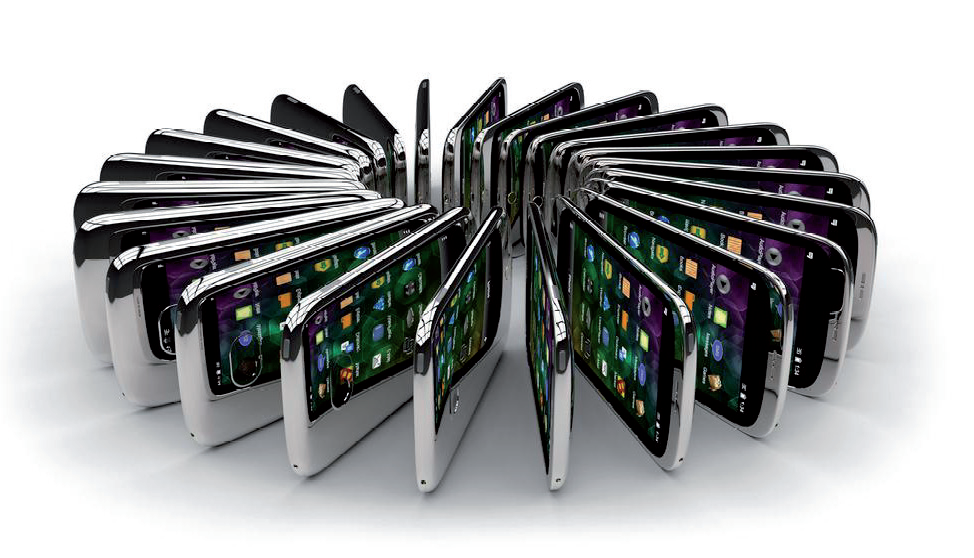
By Chris Baber, Head of School of Electronic, Electrical and Computer Engineering
There are some people who would have you believe that smart phones are all about design and aesthetics, that these are all about beautiful packaging and stunning graphics. We in the School of Electronic, Electrical and Computer Engineering (EECE) would beg to differ. Imagine taking any smart phone and prising the back off. Once you get over the shock of realising that you’ve voided your warranty, you’ll see the battery and SIM card holder sitting on top of monolithic microwave integrated circuits (MMICs). Then remember that this is what EECE does. I don’t mean that we simply make circuits (although this is something we make our students do from their first year) but that we work on all aspects of what makes the ‘smart phone’ smart.
Let’s start with the obvious: You’ll notice that the phone no longer has an antenna sticking out the top of it. Central to the move from this stalk to the patch antenna was the work that Professor Peter Hall was doing in the 1990s. We continue to work on the design of antennas for higher frequencies and that allows shifting across different frequency bands. Without this, your smart phone would have the impossible task of integrating a dozen different antennas into the handset (a couple for GSM, a couple for 3G, one for 4G, one for wifi, one for Bluetooth, one for GPS and so on). Let’s delve a little deeper; did you know that your smart phone employs EDGE (Enhanced Data for Global Evolution) to change the modulation scheme to increase data rates when signal strength is high, and intelligent software protocols to shift between the slower GPRS (General Packet Radio Service) and wifi? No, well you should also know then that our work on ‘cognitive radio’ is exploring ways in which phones can select the most appropriate frequency band for the type of communication they are performing. As more phones are used, there is a need to look for unused frequency bands and we are developing techniques and technologies to exploit terahertz frequencies above the microwave spectrum in order to transport very high data rates over short to medium distances.
As an aside, not only does the microwave spectrum support communication, but it can also be used to detect objects. The University was instrumental in the development of radar in the Second World War and EECE continues this tradition with applications of radar systems on automobiles (we’ve been developing the underlying technologies for a well-known, high-end off-road car manufacturer for over 20 years) and for military and maritime surveillance applications.
Returning to the smart phone, another aspect that makes it ‘smart’ (as well as the ability to select a communications medium) is its use of sensors. The phone has GPS (Global Positioning System) receivers, gyroscopes and accelerometers, as well as a microphone and camera. These sensors provide a wealth of data that can be used to adapt the phone to its current location or its user’s activity. Our computer engineering work covers all manner of digital signal processing, including speech and video, and has developed new algorithms and techniques to process these data. The processing of data from sensors is not simply something we do on the small, human scale, but we also work on the extremely large scale in the form of railway systems, where we have pioneered a number of techniques used in condition monitoring of trains and tracks over the past 30 years.
Finally, the smart phone will continue to develop new ways of managing its use of power; intelligent power usage, storage and distribution on scales ranging from components through mobile devices to the national distribution networks represents the next challenge for EECE and opens up new avenues for research into the future. For now, let me conclude by saying the next time you make a phone call with your smart phone, thank the electronic, electrical and computer engineers who made these miracles of technology possible.